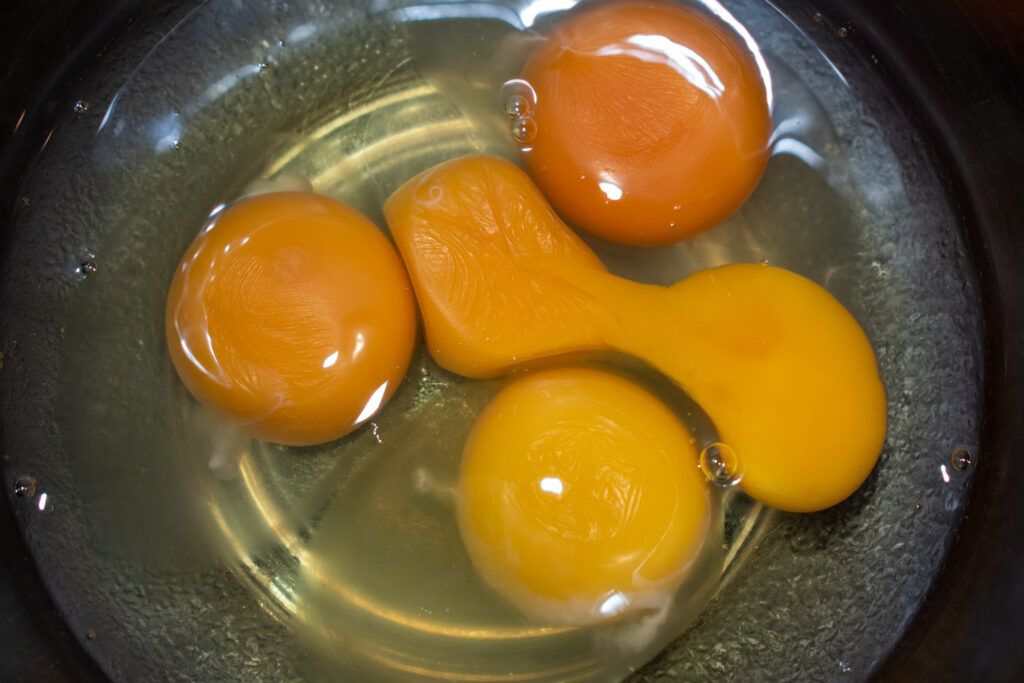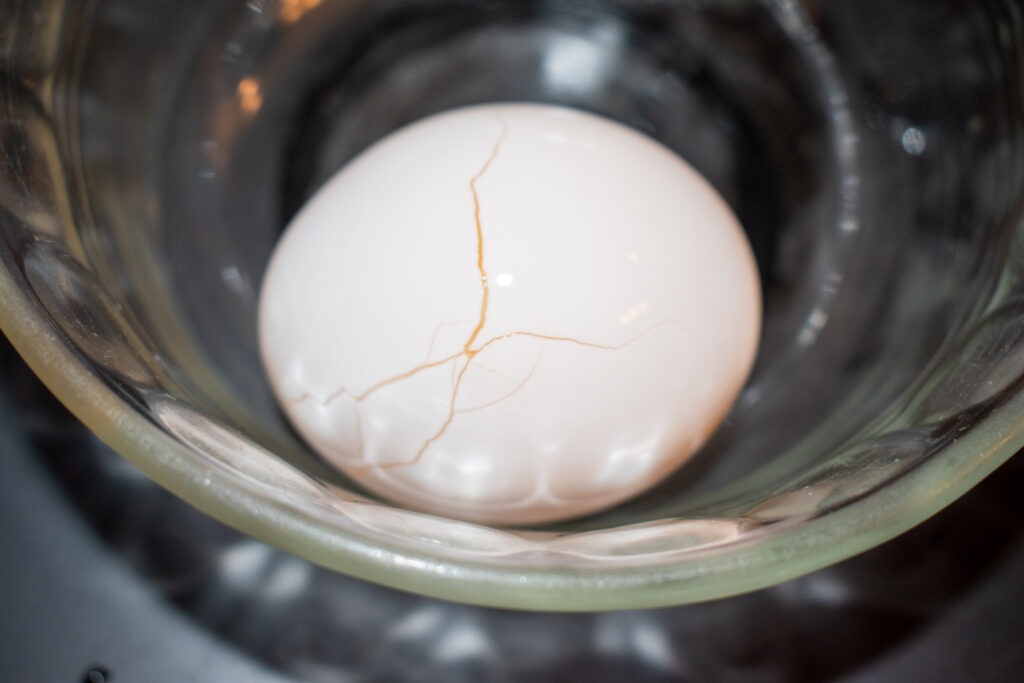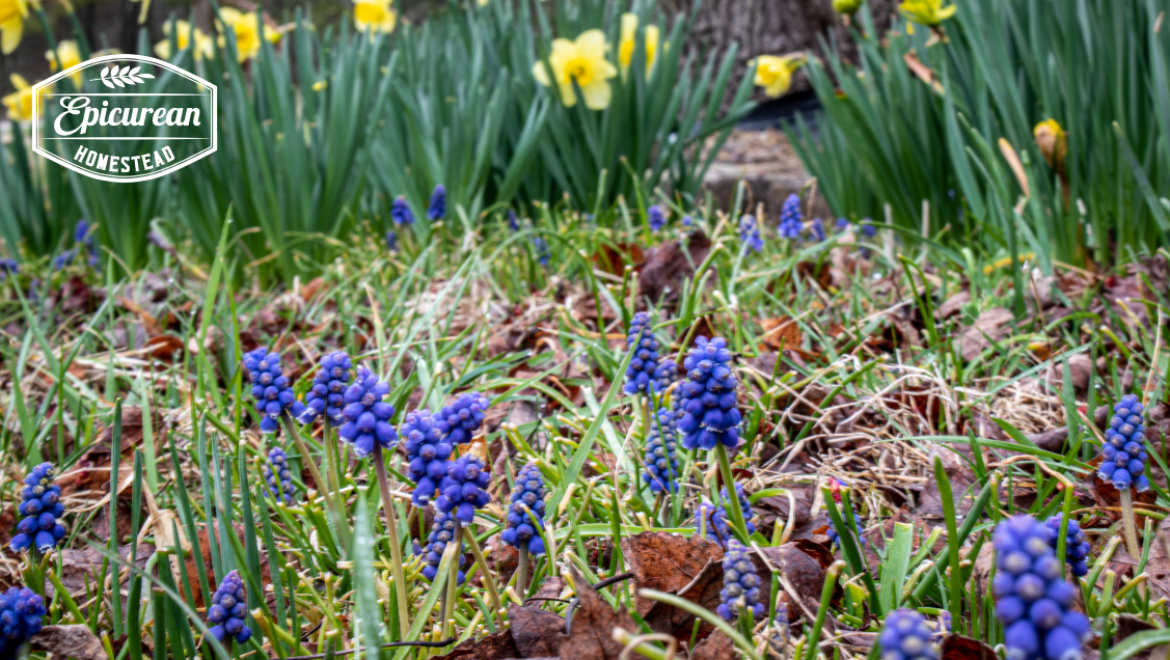Waterglass Egg Experiment (3 month update)

A couple of months ago when we started to be flush with eggs again with the arrival of warmer weather, we started on some experiments with waterglassing eggs. Read the initial post here! There are so many different “do’s” and “don’ts” associated with the waterglassing that we had wanted to get a better idea for our own preservation measures about what really matters and what doesn’t when it comes to waterglassing eggs to make them last into the off-season months.
Three Month Waterglass Checkpoint
Today is the three month mark and we’re cracking our first batch of test eggs from each condition. Read on to discover the good, the bad, and the inedible with three-month old waterglass eggs!


There was clearly a wide variance in the quality of preservation between the different sample sizes. We don’t want to read too much into this first checkpoint, though, since we only sampled one egg from each batch and many factors might play a role in how well any particular egg does in waterglass. A small hairline crack may have been undetected during the start of waterglassing, etc. Maybe after this test is complete we’ll do a systematic test of the few best options and try to hone in on the absolute best technique.
There were three of the seven test conditions which produced eggs I wasn’t willing to eat. They didn’t smell and maybe would have been OK if I were hungry enough, but I’ll pass on them for now since dinner is Chicken Marbella.

Waterglass “Pass”
OHHH-kay. Back to the task at hand. The clear leader in egg quality came from the blue tag bowl, which, if you remember from our original waterglass experiment post, contained small, farm fresh eggs which had been wiped clean but not washed and stored on their side.

This egg looked like it could have come from today’s lay. Beautiful, tall, orange yolk that held together nicely. It went in the “pass-bowl”. The other three contributors to the pass-bowl were the red, pink, and orange tags. The most surprising one of this set to me was the organic, grocery store egg which still looked and tasted fine after three months in waterglass.
Waterglass “Fail”

The worst of the cases was the scary looking brown-tag bowl which contained the lowest-end eggs from the supermarket shelf (you know the kind, where they dozen eggs are cheaper than the air the chickens are breathing – never mind the feed they must be getting). These guys had rendered the watergass cloudy and the egg I pulled out had a clearly visible crack network which hadn’t been there when we put up the eggs.


Yeah, it wasn’t smelly but the yolk was very runny and even the white seemed to have separated into a gummy section and a very liquid section. Def in the “fail bowl”. I may need a hazmat suit to open another of those at the six-month mark. The other two in the fail-bowl were the green and the purple tags. Both of these were farm-fresh. The green one was also a farm fresh, wiped egg, only large. It would have been in the pass-bowl except for the clot of blood in it. One gets those in farm eggs from time to time and I would normally fish it out in a fresh egg but there’s no need to chance it with an older egg, right? The ick-factor comes into play.
So, too early (and probably too small a sample size) to draw any firm conclusions, but thus far the farm fresh eggs with minimal processing are holding their own. Even the eggs which were waterglassed “as is” and uncleaned seem to be fine at the three-month mark.
We’ll visit these guys again in three more months!
Lab Notes
Green – Yolk was runny and there was a blood spot about 1/2 inch diameter on the yolk.
Blue – no issues, firm yolk
Purple – some separation of the white to watery and gloopy. yellowish yolk
Red – no issues
Pink – possibly some whites separation?
Orange – no issues
Brown – visibly cloudy waterglass liquid, apparent new cracks in the test egg, disgusting yolk largely broken down
